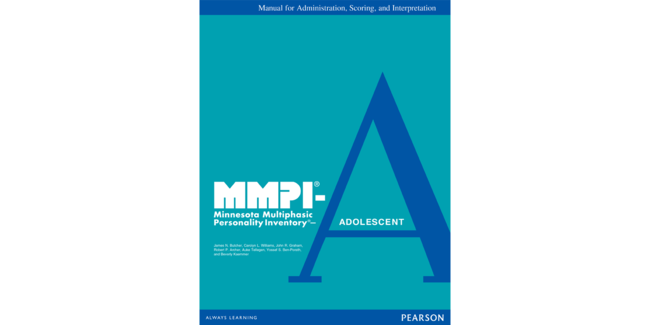An empirically based measure of adolescent psychopathology, the Minnesota Multiphasic Personality Inventory®-Adolescent (MMPI®-A) aids in problem identification, diagnosis, and treatment planning for youth. Guidance on using this test in your telepractice
Minnesota Multiphasic Personality Inventory-Adolescent
MMPI-A
An empirically based measure of adolescent psychopathology, the Minnesota Multiphasic Personality Inventory®-Adolescent (MMPI®-A) aids in problem identification, diagnosis, and treatment planning for youth. Guidance on using this test in your telepracticeChoose from our formats
Kits
Starter & complete kits, print & digital
2 options
Test forms & reports
Booklets, record forms, answer sheets, report usages & subscriptions
7 options
Support materials
Manuals, stimulus books, replacement items & other materials
9 options
All products
All tests and materials offered for MMPI-A
18 options
